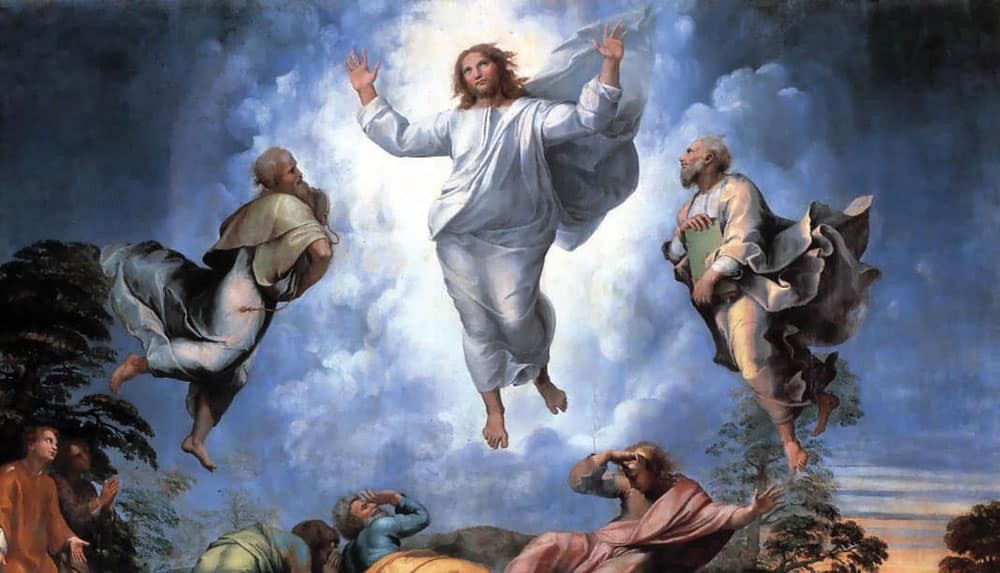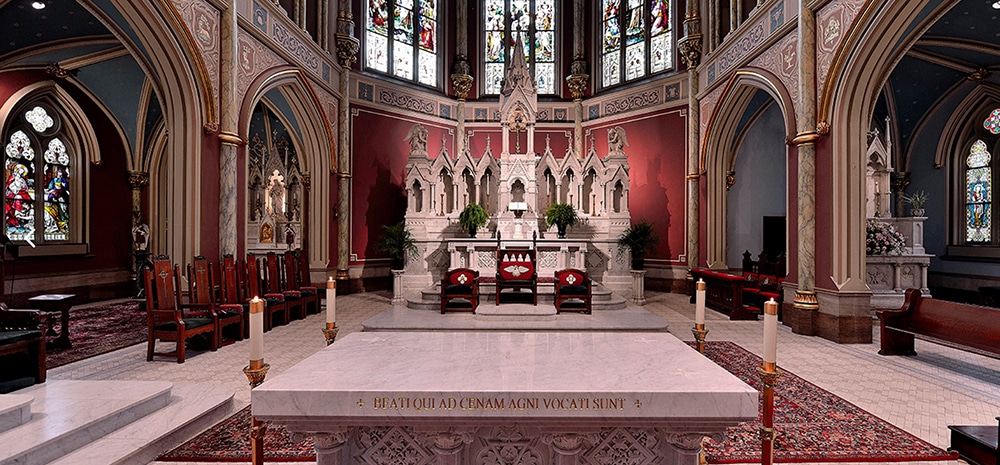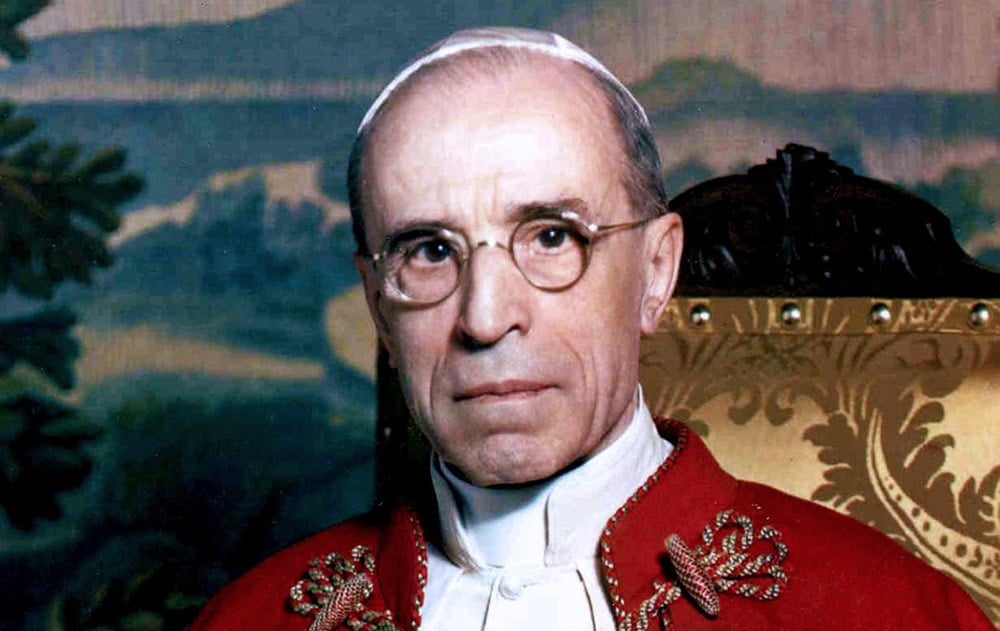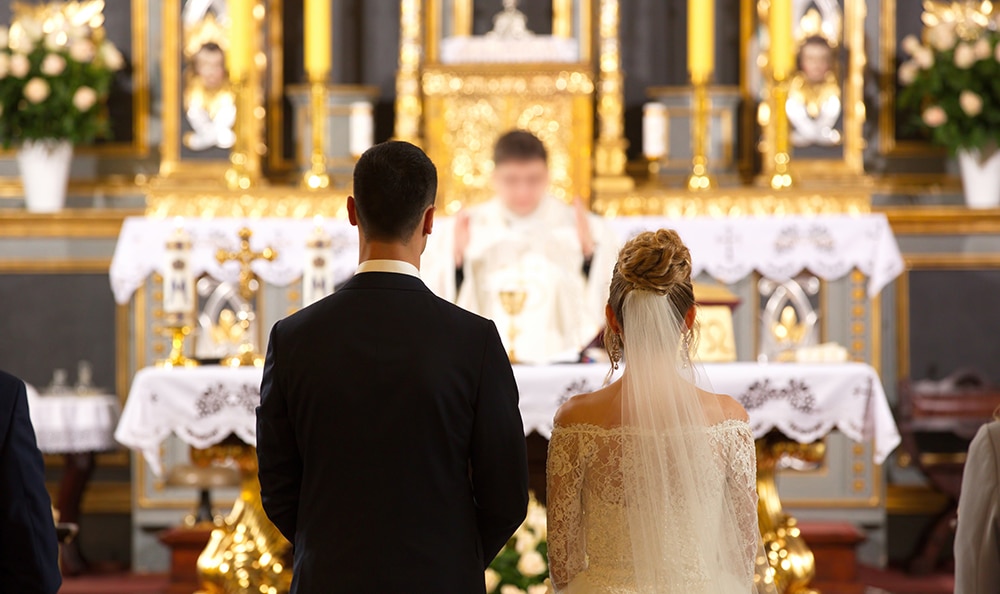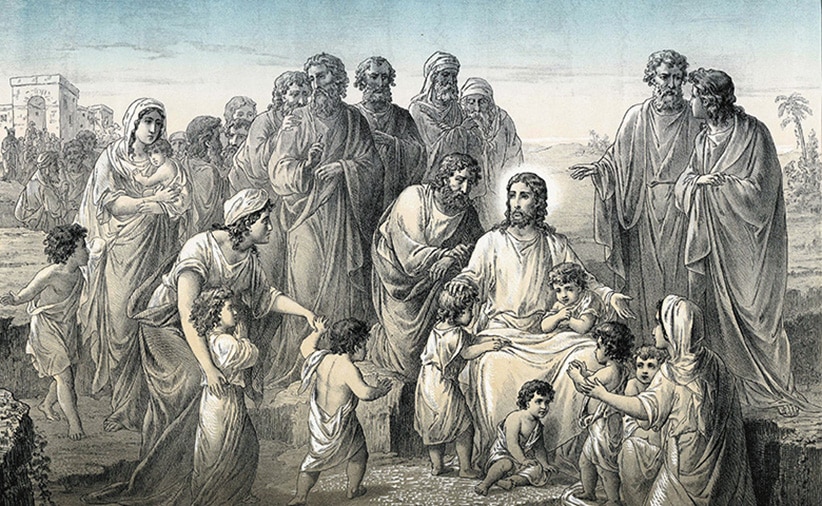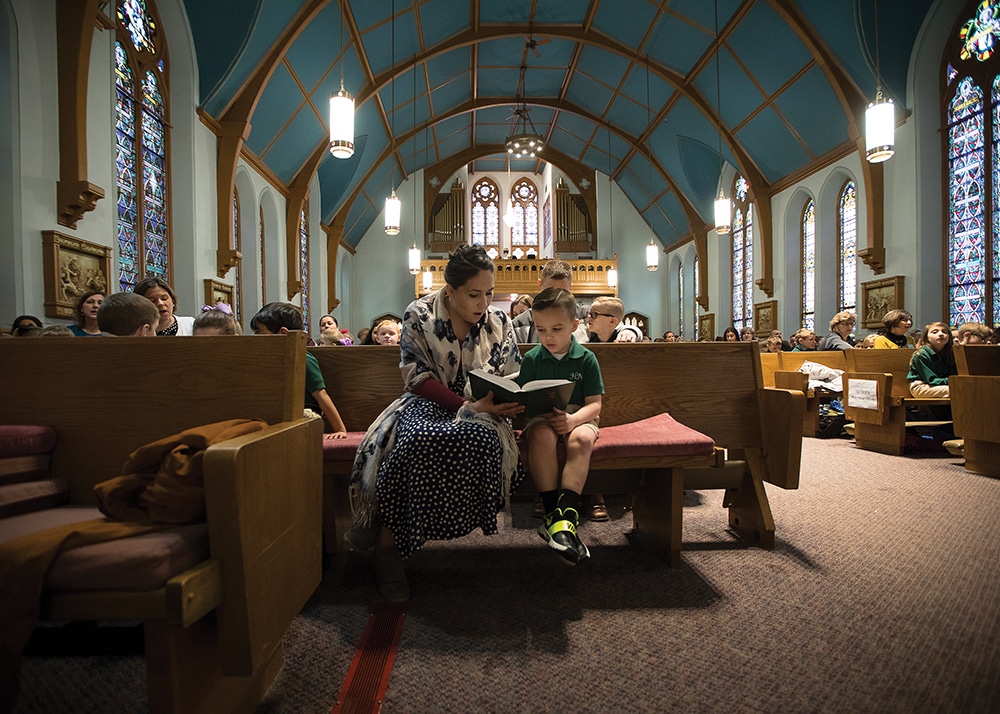Many Catholic Christians do not necessarily recollect or ponder the miraculous event in Christ’s earthly life known as the Transfiguration. Even with a liturgical celebration every Aug. 6, the day often slips by with limited attention; yet, it is an episode that proclaims Jesus as the Son of God, the Messiah.
Properly called the feast of the Transfiguration of the Lord, the feast day originated in the fifth century Eastern Church and spread to the West five centuries later. The celebration was added to the universal Roman Church calendar in 1457 by Pope Callixtus III (r. 1455-58). It is a designated feast day, meaning that on the liturgical calendar, it is of lesser rank than a solemnity but above a memorial.
The term transfiguration comes from Latin meaning, “to change or transform.” A transformation involving our Savior takes place on a mountaintop — an event that glorifies the divine person of Jesus, one that is recorded in the three synoptic Gospels and by St. Peter in 2 Peter, 1:16-20.
Understanding the context
To fully comprehend the importance of this event, it is helpful to understand the context. The timeframe is in the summer of A.D. 29, probably in what we call August. Just a few months earlier at Capernaum, Jesus had described himself as the bread of life come down from heaven (cf. Jn 6:41). Further, he has said that those who eat his body and drink his blood will attain eternal life (cf. Jn 6:54).
A large number of those listening to him could not accept the idea that he came down from heaven; wasn’t he “the son of Joseph? Do we not know his father and mother?” (Jn 6:42). They failed to believe that it was necessary to eat his body and drink his blood to gain eternal salvation; upon hearing his words, many went away.
The apostles, however, stayed with him, and later at Caesarea Philippi, Jesus asks them: “Who do you say that I am?” The apostles had been living in his presence, following him, listening to his teachings, seeing his miracles, and Peter responds to the question saying that Jesus is “The Messiah, the Son of the living God” (Mt 16:16). Jesus acknowledges that Peter’s response could only be prompted by the Father and designates Peter as the leader of the Church. Next, he astounds those present saying he will soon go to Jerusalem where he will be killed and then rise on the third day. His followers couldn’t grasp that such events could possibly happen if he was truly the Messiah; in fact, Peter argues, “No such thing could ever happen to you.” Jesus offers a stern response: “Get behind me, Satan! You are an obstacle to me. You are thinking not as God does, but as human beings do” (Mt 16:22-23).
Wow, what a response — but, at the same time, Jesus recognizes the confusion among his followers. He is the bread of life, the Son of God; yet, he says he will be killed by the Jews and then rise. Anyone hearing these conversations would be confused, because we “are not thinking as God does.” But the tomb will not confine Jesus. He will be resurrected, ascend to the Father and be glorified.
A miracle
Some six days after the discussions at Caesarea Philippi, Jesus furnishes clarification of his words to three of the apostles during the miracle of the Transfiguration. A miracle that happens to Jesus, not to someone else.
Jesus along with Peter and the brothers, James and John, climb up a “high mountain.” The Scriptures do not name the mountain, but tradition has it as Mount Tabor. Here, he is transfigured, his divine nature revealed to the three apostles, “his face shone like the sun and his clothes became white as light” (Mt 17:2).
In the Gospel according to Mark, ” [Jesus’] clothes became dazzling white, such as no fuller on earth could bleach them” (v. 9:3). As Jesus appears in glory, so, too, does Moses and Elijah, seen by the apostles conferring with Jesus about what lay ahead for him in Jerusalem (cf. Lk 9:31). Moses represents the Old Testament laws and Elijah represents the prophecies — all manifested in Jesus.
The apostles are awestruck by this scene, and Peter wants to build three tents (tabernacles), one each for Jesus, Moses and Elijah (cf. Mt 17:4). Peter is ready to stay in this beautiful place, but he and the others must go back down the mountain. This is not unlike the soldier who goes on R&R from a combat zone. He enjoys, even relishes his time away from combat, but he has to go back. The victory still has to be won; sacrifices still have to be made.
Voice of the Father
As Peter is making his comments about the tents, suddenly a cloud appears. The cloud represents the Holy Spirit and God speaks from the cloud: “This is my beloved Son with whom I am well pleased; listen to him” (Mt 17:5). God is acclaiming the divinity of Christ and also singling him out as unique from Moses and Elijah. In the words, “listen to him,” God acknowledges Jesus as his messenger — the one who carries the word of God.
The Trinity: God the Father, Son and Holy Spirit are here. Beholding this heavenly vision, the apostles fall to the ground in adoration and fear; when Jesus tells them to get up, no one is there except Jesus looking as always. As the four men go back down the mountain, Jesus commands them not to discuss with others what took place on the mountain until after his Resurrection.
| St. Peter — Eyewitness to the Transfiguration |
|---|
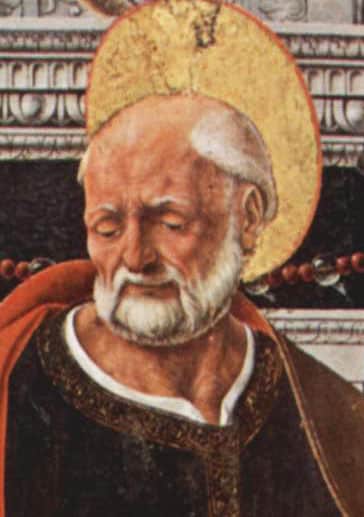 As commanded by the Lord, Peter and the others with him at the Transfiguration do not mention this event until after the Resurrection. St. Peter wrote some 30 or so years later: “We did not follow cleverly devised myths when we made known to you the power and coming of our Lord Jesus Christ, but we had been eyewitnesses of his majesty. For he received honor and glory from God the Father when that unique declaration came to him from the majestic glory, ‘This my Son, my beloved, with whom I am well pleased.’ We ourselves heard this voice come from heaven while we were with him on the holy mountain. Moreover, we possess the prophetic message that is altogether reliable. You will do well to be attentive to it, as to a lamp shining in a dark place, until day dawns and the morning star rises in your hearts” (2 Pt 1:16-19). |
Removal of doubt
Likely, few would have believed anyway, but for Peter, James and John, the Transfiguration removed any doubt as to who Jesus is. Through this miracle, he showed that regardless of what would take place in his life, no matter that his countenance would be cruelly disfigured, that he would be crucified and buried — his divinity could never be altered. Yes, he will die but then rise again in glory.
In Sermon 51, Pope St. Leo the Great (r. 440-61) said: “And in this Transfiguration the foremost object was to remove the offense of the cross from the disciple’s heart, and to prevent their faith being disturbed by the humiliation of his voluntary passion by revealing to them the excellence of his hidden dignity.”
On a mountain, for a brief time, the splendor of Christ’s eternal divinity is revealed. The apostles witness how Jesus will appear in heaven and we too, as followers of Christ, will share in his glory. His passion was not the end, in the same manner, our suffering, our death is not the end.
Interestingly, the Church includes the story of the Transfiguration each year on the Second Sunday of Lent. We are encouraged to use the penitential time of Lent, to change, to transform, to transfigure ourselves and become more Christlike. The Transfiguration is also one of the Luminous Mysteries of the Rosary; what Pope Benedict XVI referred to as a “luminous comforting mystery.”
D. D. Emmons writes from Pennsylvania.

